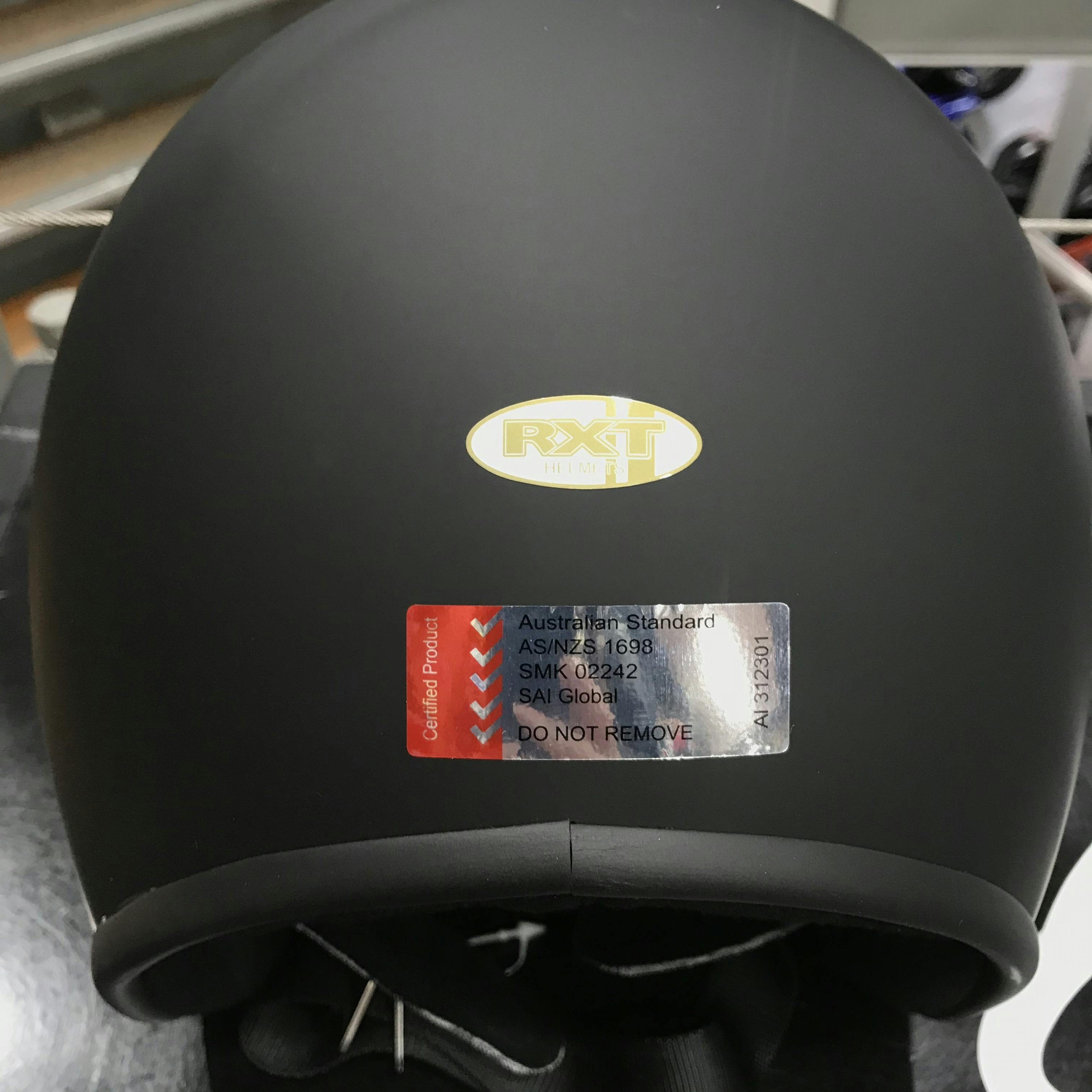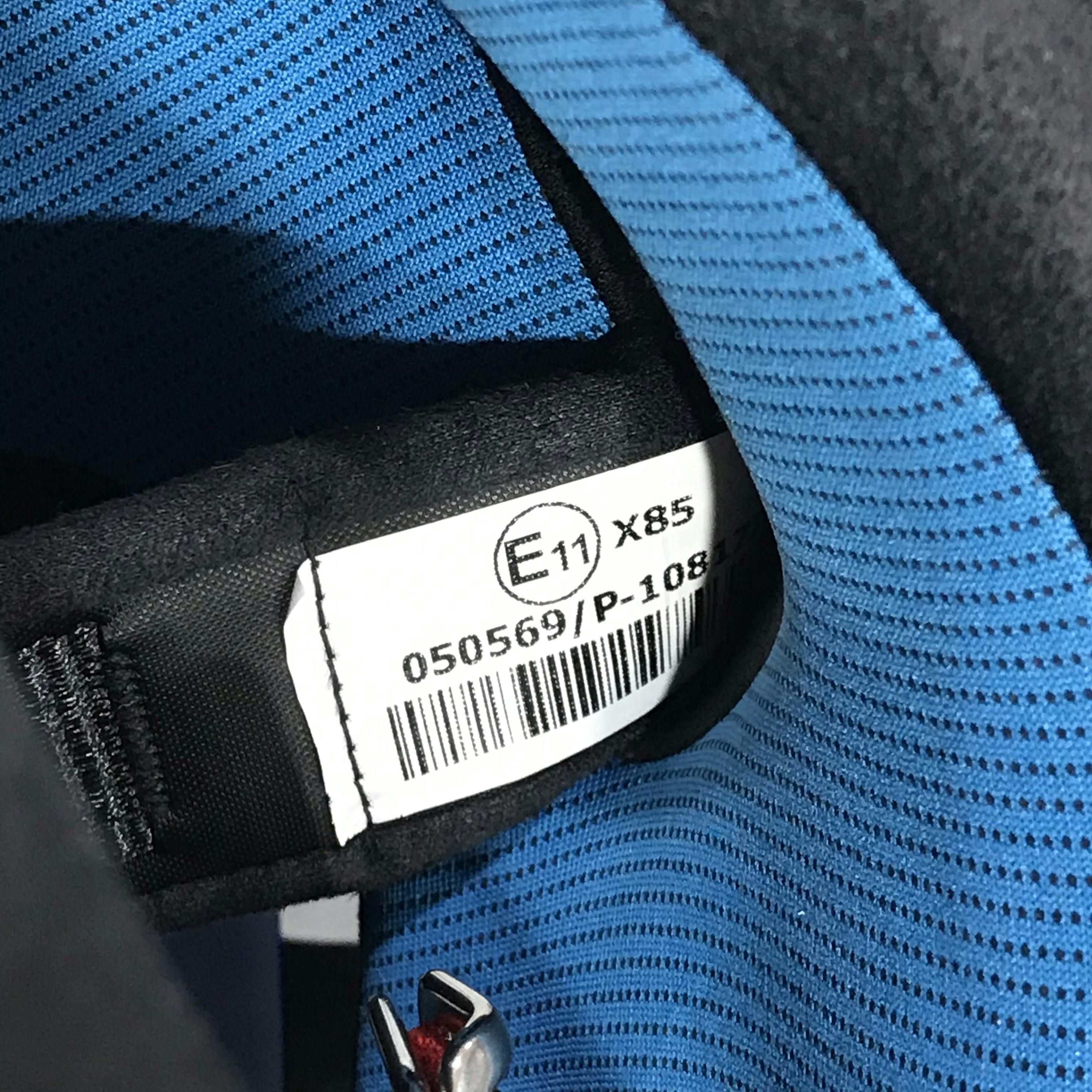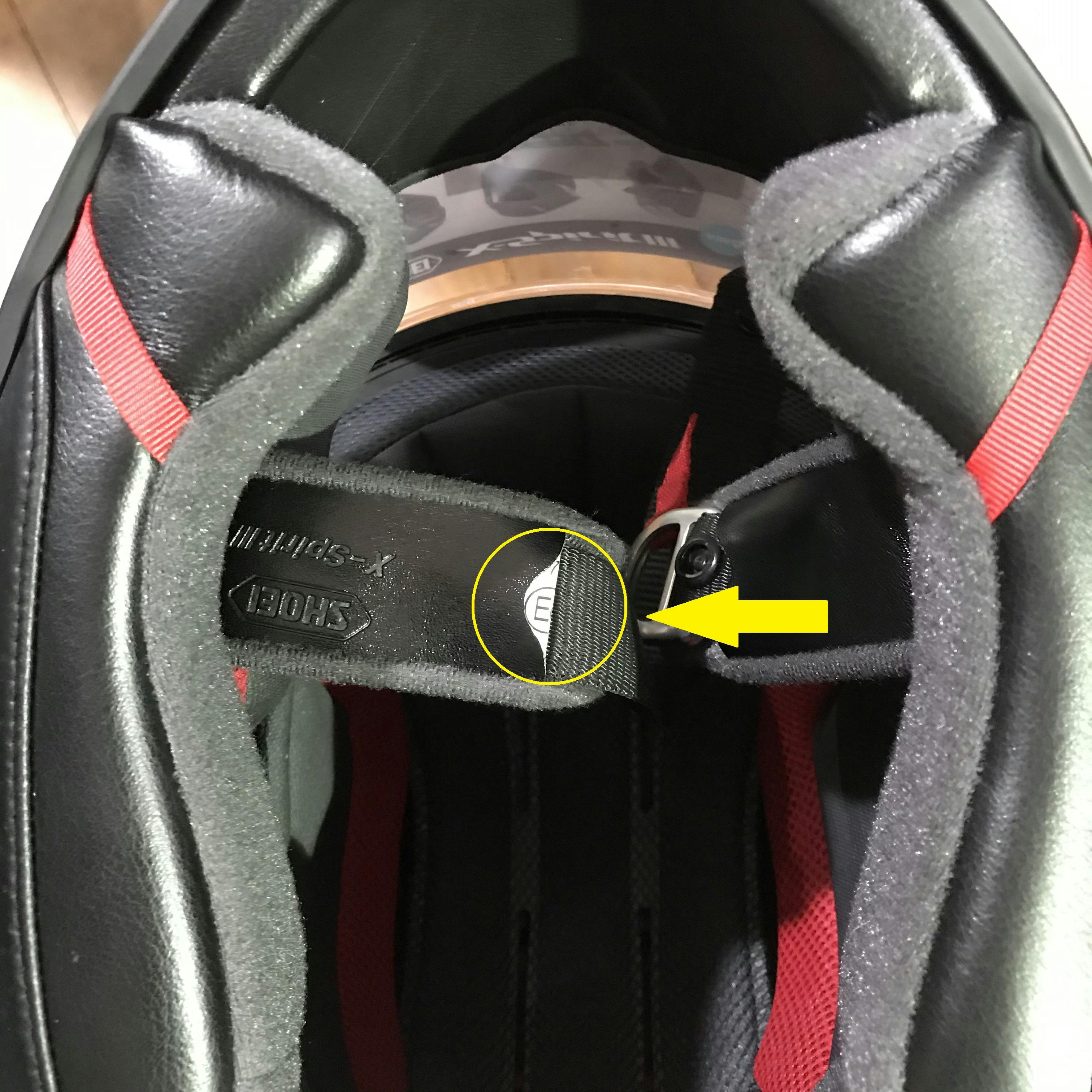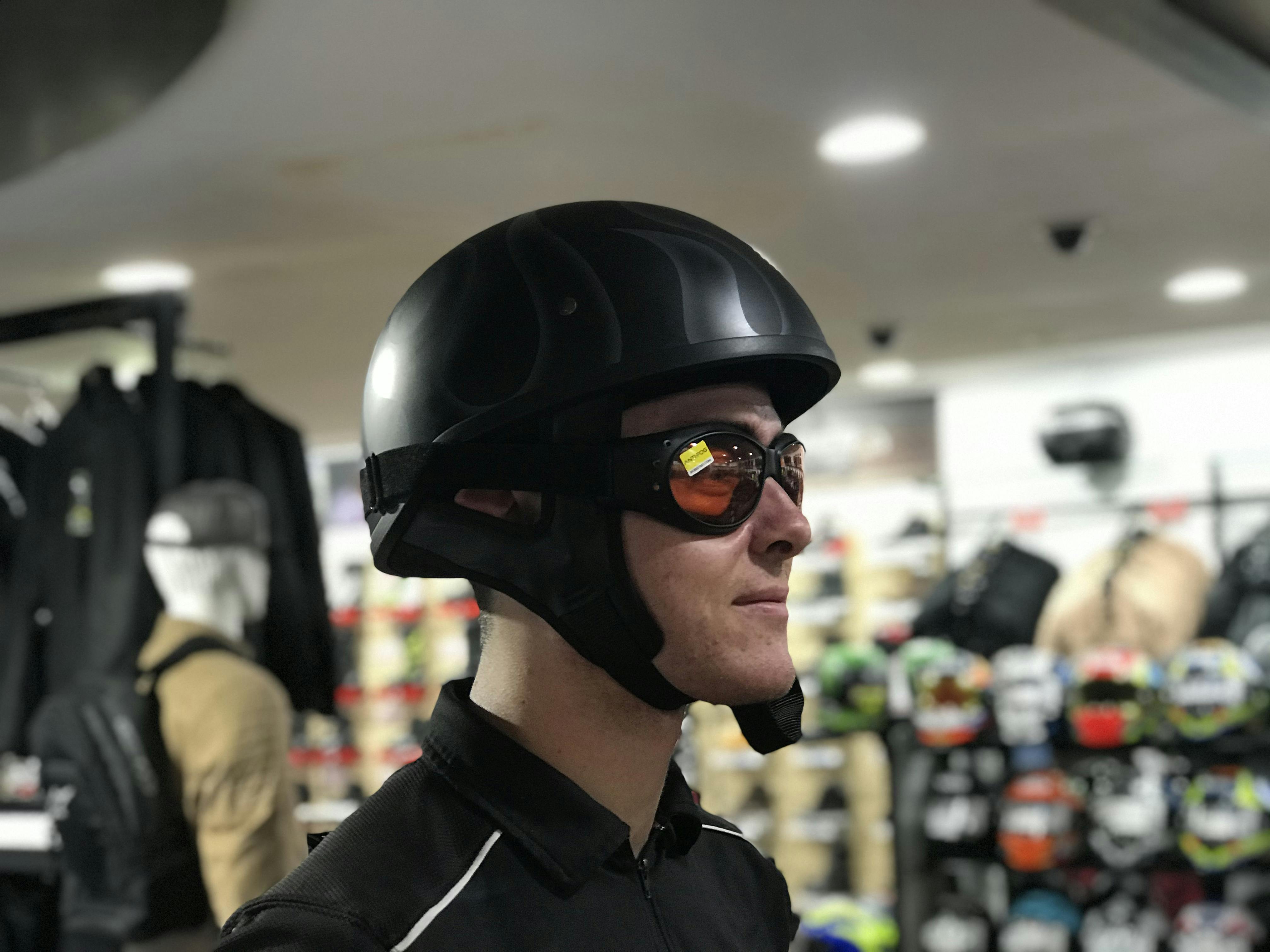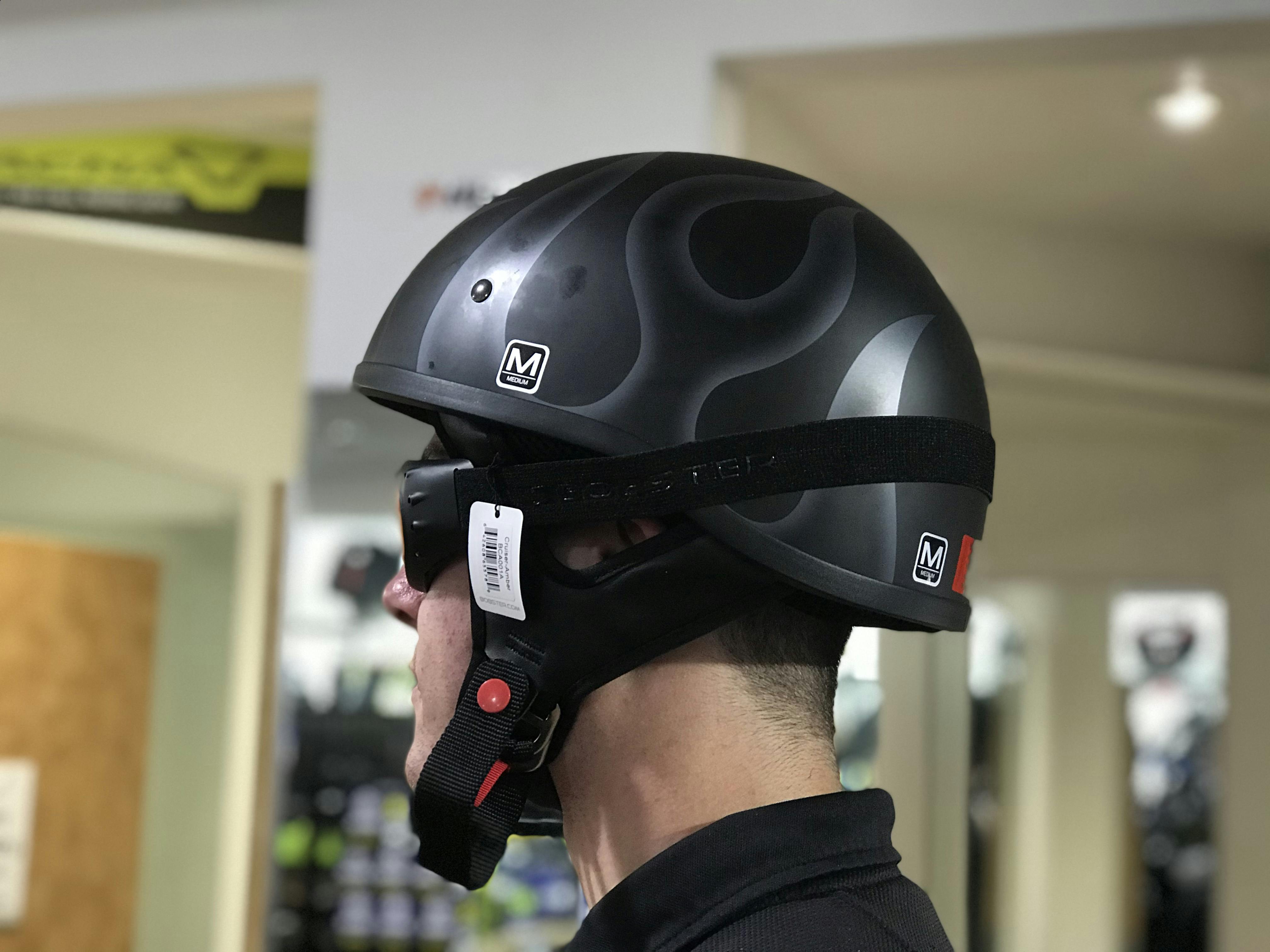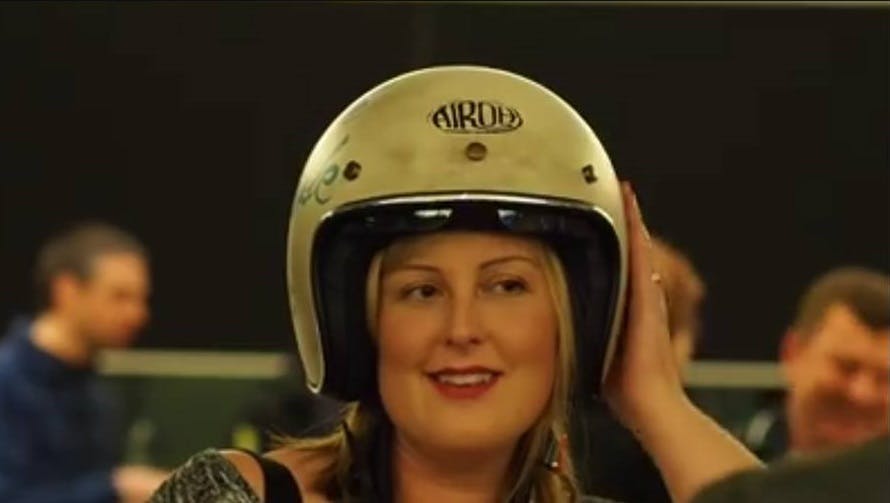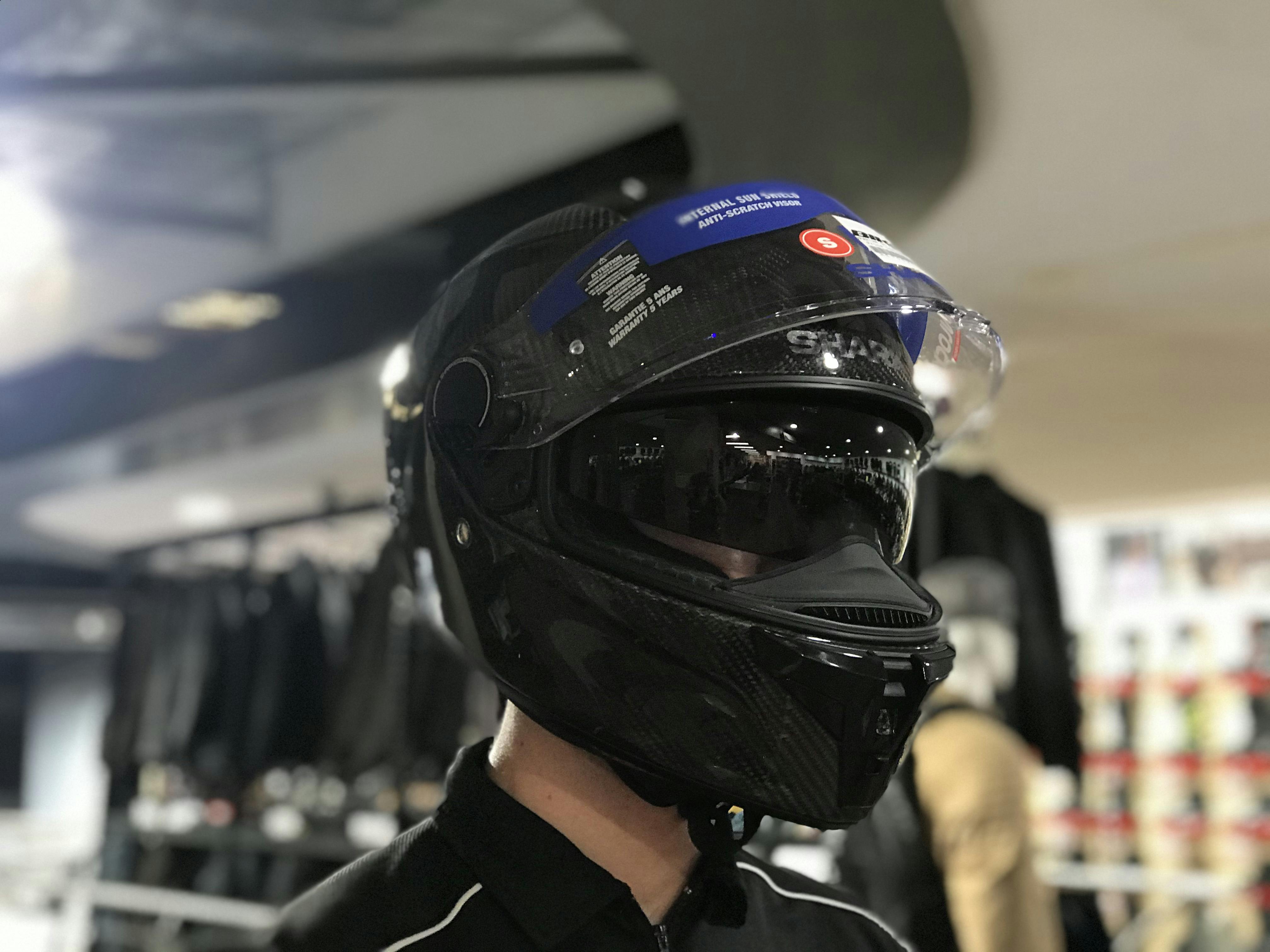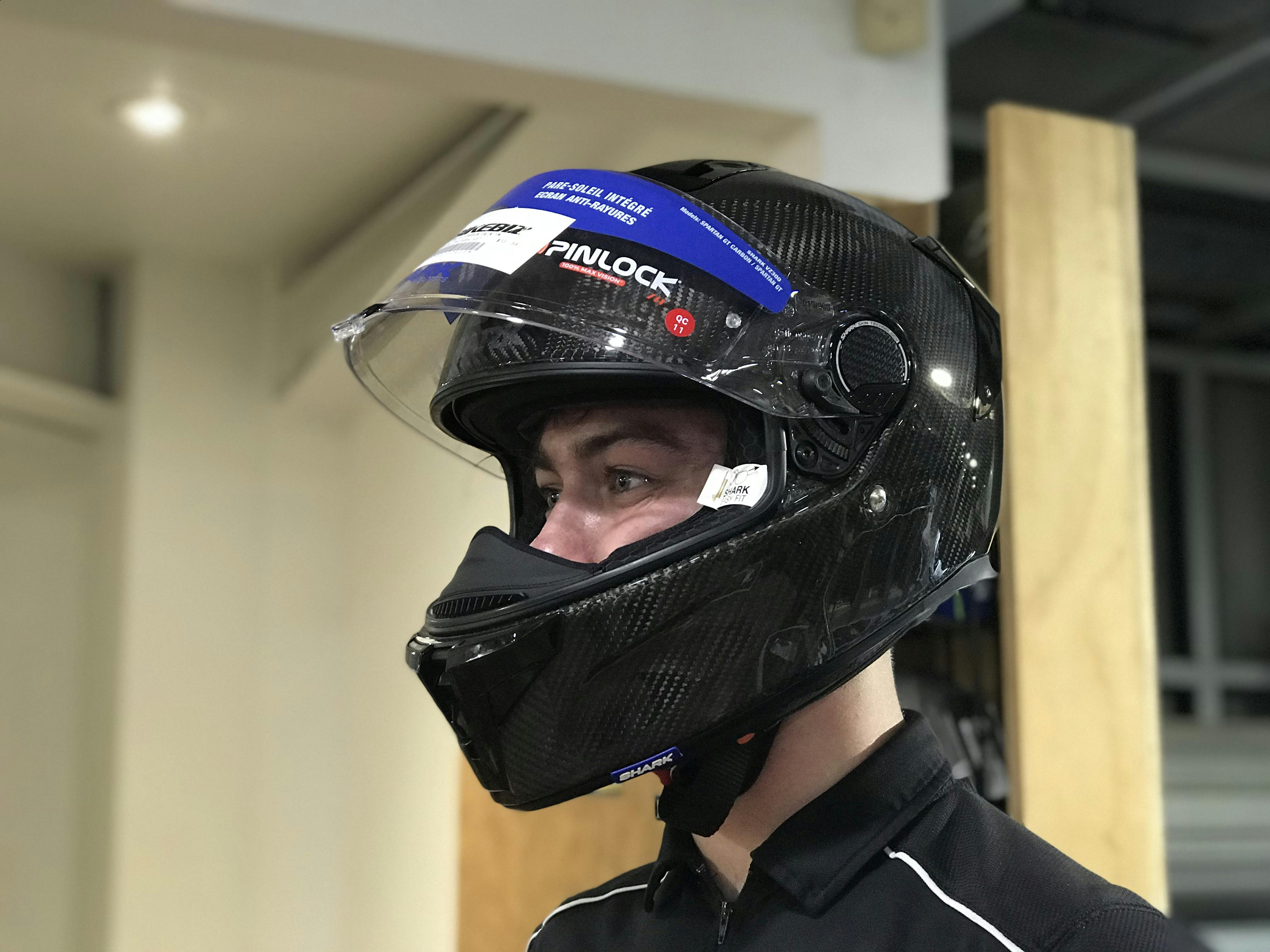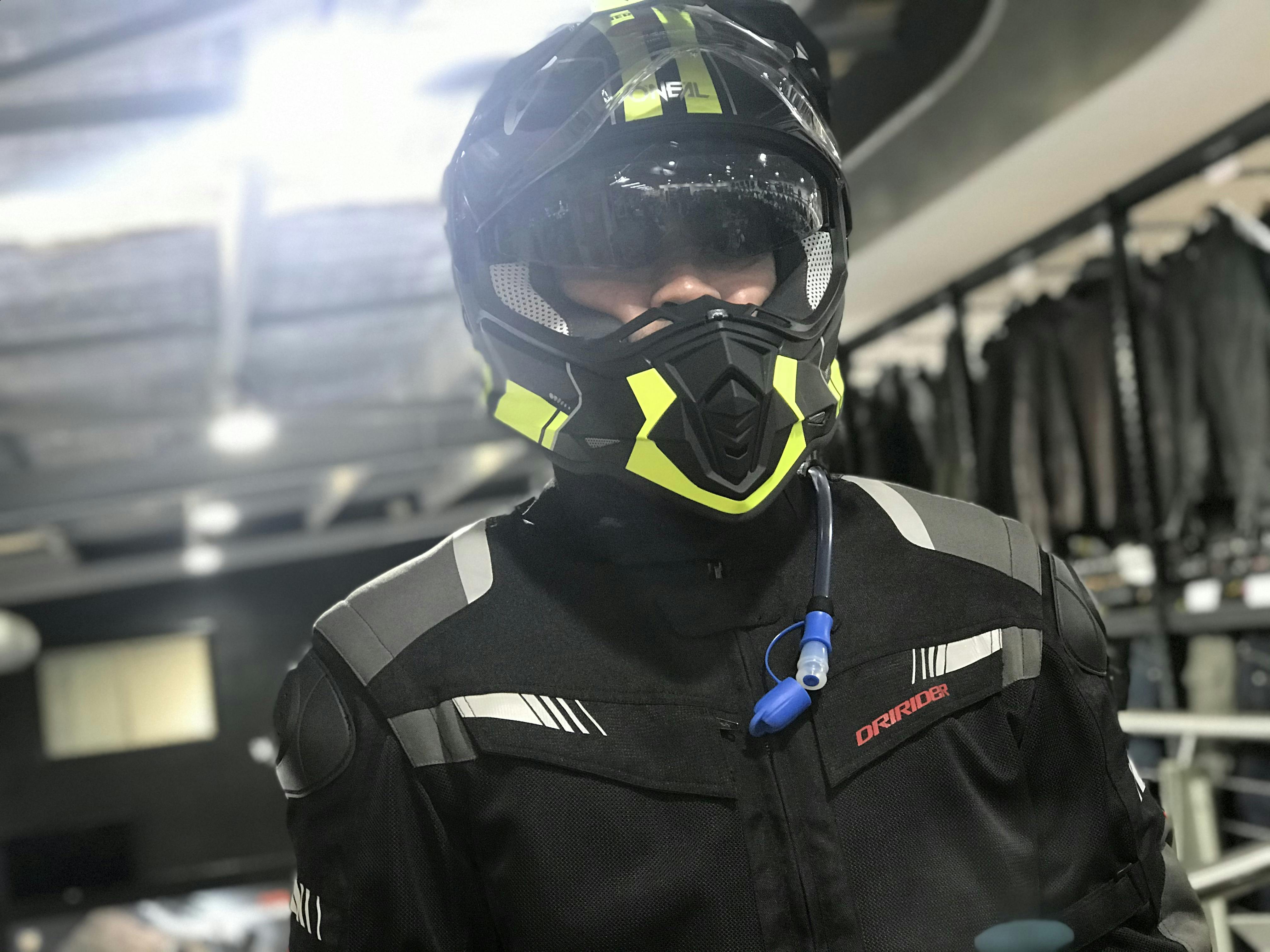A motorcycle helmet is the MOST IMPORTANT piece of motorcycling safety equipment you can have.
When all is said and done, bones heal, muscles repair and skin grows back one way or another. Your brain however is a bit more fragile, and damage isn’t always fixable.
In Australia in 1972, it became law that wearing a helmet that met a certain standard, was mandatory when riding a motorcycle on the road. The standards have evolved, and the current accepted standards are;
- Australian/New Zealand Standard AS/NZS 1698:2006 Protective Helmets For Vehicle Users, as amended by Amendment No. 1 of 28 September 2007 and Amendment No. 2 of 27 May 2009; or
- An earlier version of Australian/New Zealand Standard AS/NZS 1698 or Australian Standard 1698-1988 that was in force at the time of manufacture or importation; or
- United Nations Economic Commission for Europe Regulation No 22 (UNECE22.05) as amended (as of 2016);
- And has a mark certifying compliance with an above standard.
Australian Standards sticker on the back of a helmet
01 / 04
European Standards sticker on the back of a HJC helmet. This sticker is not always present and does not confirm that the helmet meet European Standards.
02 / 04
Usually the European Standards tag is on the tag of the chin strap of the helmet
03 / 04
Sometimes the European Standards tag is tucked away on the helmet (The small white tag on the chin strap is a full sized tag, but tucked in and folded over)
04 / 04
All helmets sold in Australia must meet one of these standards. Australian import companies of Motorcycle accessories have no reason to import a helmet that doesn’t reach one of these standards, as then it can’t, legally or with good faith, be sold in store
Today I will be discussing the different styles of motorcycle helmets. In a different article, I will be discussing the different types of materials that motorcycle helmets are made of.
Everyone is entitled to their own opinion about what helmet style they prefer, and “how much their head is worth”. This post is here to help you make an informed decision, and provide some information you may not have been aware of.
So, there are 6 different styles and sub-styles of motorcycle helmet;
- Half
- Open Face
- Full Face
- Modular
- Dual Sport
- Off Road
Half helmet
Half face helmets only cover a small percentage of your head - normally the top of your head, down to your eyebrows and around. The provide the least amount of protection of all the styles of helmet, although do provide great airflow as your face is completely exposed.
As there is no visor, some form of eye protection is generally required in the form of riding glasses/goggles or an attachable visor or peak.
Bluetooth intercoms usually need a bit of room on and in the helmet, so fitting one to a half helmet is a real struggle due to the lack of real estate.
Sam in a half helmet with goggles
01 / 02
Sam in a half helmet with goggles
02 / 02
Open Face Helmets
Open face helmets, also known as ¾ helmets, cover a larger percentage of your head. The top, back and sides of your head are covered, leaving your face exposed. Like the half helmet, open face helmets are great for airflow. Due to the lack of a chin bar, they are lighter than a full face helmet, but not by much. Most open face helmets either come with a visor, or can attach a visor or peak as an optional extra.
Some open face helmets have a bit more real estate on them to fit a bluetooth intercom, although it is still very tricky depending on the helmet..
Jess in an Open Face helmet
01 / 01
Full Face Helmet
Full face helmets offer the largest amount of protection of all the helmet styles. They tend to be split into two categories - Commuter and Sport/Race.
Commuter helmets are generally designed for riders on a motorcycle with an upright riding position, such as cruiser and naked style motorcycles. Some commuter models have an internal sun visor.
Sport/Race helmets are generally designed for riders on a motorcycle with a sport or race riding position such as supersport bikes. Sport/Race helmets do not have internal sun visors, with riders tending to swap the visor completely.
The main difference in the two styles of helmet are how the ventilation is situated, and the field of vision. Both will be designed for riding in its intended position. So when wearing a commuter style helmet on a sports bike, the field of vision may be limited, and vice versa. Wearing a sports style helmet may be noisier than usual on a cruiser bike.
Full face helmets have a lot more real estate for Bluetooth intercoms, and many nowadays are actually designed to fit either a generic Bluetooth intercom, or may even have one designed specifically for the helmet.
Visors on full face helmets tend to either come with, or can have purchased separately, an anti-fog Pinlock. (Check out my article on Pinlocks!)
Sam in a full face helmet
01 / 02
Sam in a full face helmet
02 / 02
Modular Helmets
Modular helmets are a cross between a full face helmet and an open face helmet. This is because the chin bar can be lifted up, creating the appearance of an open face. Some helmets have the chin bar flip to the top of the helmet, others flip all the way around to the back of the helmet. Nowadays, modular helmets are compiled as both an open face and a full face helmet, meaning you can ride with it flipped open as well as closed.
Modular helmets are not 100% as safe as a true full face as there is still a fissure in the helmet, however with today's technology, the chances of a modular helmet losing the front of it is unlikely when operated properly. Due to the mechanisms that assist the front to flip up, modular helmets tend to be slightly heavier than true full face helmets.
Modular helmets often have a visor that is Pinlock ready, or can be swapped for a visor that is Pinlock ready. They also often have an internal visor, as they are more of a commuter style helmet.
Andrew in a modular helmet
01 / 01
Off Road Helmets
Also known as Dirt or Motocross helmets, off road helmets are designed to be worn off the streets, and yes you guessed it, on the dirt. Off road helmets are not designed for road use. They are designed for maximum protection, minimum weight and open ventilation, hence the similarities to an open face helmet. They are designed to protect the rider from crashed on the dirt, into trees and flipping when crashing, as opposed to cars and hard concrete.
Off road helmets are designed to have a large field of vision, with partial thanks to the lower chin bar. As there is no visor, goggles are worn to protect the riders eyes from dirt and debris. Glasses can be worn, however goggles have a better seal, which prevents dirt and mud from getting into the riders eyes.
The large peak helps protect against the sun, as well as protection against running into branches, trees and falling of the motorcycle. It also potentially protects against mud flicked up from riders in front of the rider.
Off road helmets are also designed to fit with neck braces and/or body armour. They are also designed to be lighter, as to combat fatigue from a full day of riding on the dirt. Because of this, they are not designed to fit Bluetooth intercoms.
Dirt bike helmets are worn by riders of ALL ages!
01 / 02
Dirt bike helmet on a rider
02 / 02
Dual Sport Helmets
Also known as Enduro or Hybrid helmets, dual sport are a cross between a full face helmet and an off road helmet. The exterior resembles an off road helmet, with the peak and the lower chin bar. However the internals resembles a full face helmet, as it has more padding and the ability to install a Bluetooth intercom. These features ensure that an enduro helmet can be worn both on and off road.
Dual sport helmets have a visor, that tends to be removable to be replaced with goggles. They often come with internal visors like full face helmets. The peaks are more aerodynamic than an off road helmet to prevent lifting in the wind. The chin bar is less obtrusive than an off road helmet, creating a quieter helmet, although less air flow.
James in a dual sport helmet
01 / 01
So that’s the 6 types of helmets that are out there. I hope that this has helped you decide what helmet type works for you. Remember to always wear a helmet, you only get 1 head!
Ride safe and have a good one!
Got questions? Send me an email at webshop@bikebiz.com.au
Prue Mottram
Published March 26, 2020

